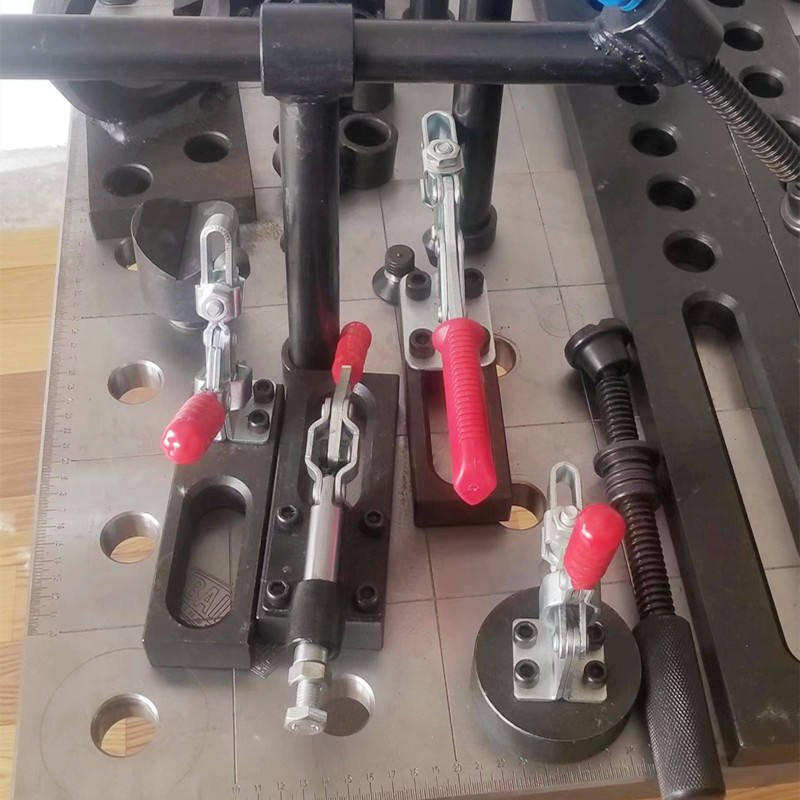Dec . 06, 2024 07:35 Back to list
ball type check valve
Understanding Ball Type Check Valves Functionality and Applications
Ball type check valves are essential components in fluid systems, playing a crucial role in ensuring the unidirectional flow of liquids and gases. These valves are designed to permit flow in one direction while preventing backflow, which can cause a range of operational issues in various industrial settings. In this article, we will explore the functionality, benefits, and applications of ball type check valves.
What is a Ball Type Check Valve?
A ball type check valve is a type of non-return valve that utilizes a spherical ball to control the flow of fluids. The ball is typically positioned within a tapered seat in the valve body. When fluid flows in the intended direction, it pushes the ball away from the seat, allowing for free passage. Conversely, when there is a reverse flow, the ball is forced back into the seat, creating a seal that prevents backflow.
The design of these valves can vary depending on the application and the specific requirements of the fluid system. Materials commonly used for the ball include stainless steel, plastic, or other corrosion-resistant substances, while the body may be made from metals like brass or PVC.
Advantages of Ball Type Check Valves
1. Reliable Performance Due to their simple design and operation, ball type check valves provide reliable performance with minimal maintenance requirements. The ball is not subject to wear in the same way that other moving components might be, leading to a longer lifespan for the valve.
2. Low Pressure Drop Ball check valves usually feature a streamlined design that minimizes pressure loss across the valve. This is particularly advantageous in systems where maintaining pressure is critical for efficiency.
3. Versatility These valves are suitable for a wide range of applications, including water systems, chemical processing, and oil and gas. Their versatility extends across different types of fluids, such as corrosive substances, slurries, or high-viscosity materials.
4. Ease of Installation Installation of ball type check valves is generally straightforward. They can be positioned either horizontally or vertically, depending on the system's design and requirements.
ball type check valve

5. Compact Design The compact nature of ball check valves makes them suitable for installation in tight spaces, allowing for flexibility in system design without compromising performance.
Applications of Ball Type Check Valves
Ball type check valves are widely used across various industries. Here are some key applications
1. Water and Wastewater Management In municipal water systems, ball type check valves help maintain proper flow direction, ensuring that contaminants do not flow back into clean water supplies. They are also used in wastewater treatment facilities to prevent backflow from treatment tanks.
2. Chemical Processing In the chemical industry, these valves are used to prevent backflow of hazardous materials, protecting equipment and personnel from exposure to dangerous substances.
3. Oil and Gas In pipelines and drilling operations, ball type check valves help maintain consistent flow rates, ensuring efficient operations while protecting sensitive equipment from backflow.
4. HVAC Systems Heating, ventilation, and air conditioning systems utilize ball type check valves to ensure that air and refrigerants flow in the correct direction, maintaining system efficiency.
5. Food and Beverage In food processing applications, these valves prevent backflow that could lead to contamination, ensuring safety and compliance with health regulations.
Conclusion
Ball type check valves are crucial components in ensuring the safe and efficient operation of fluid systems across various industries. Their reliable performance, low pressure drop, and versatility make them an ideal choice for applications ranging from water management to chemical processing. As technology advances and industries evolve, the role of ball type check valves will continue to be integral to maintaining the integrity and efficiency of fluid systems. Understanding their functionality and applications can help engineers and technicians make informed decisions when selecting the appropriate valves for their systems.
-
Thread Plug Gauge Our Promise of Measurement ExcellenceNewsAug.22,2025
-
Gauge Pin Class Reflecting Quality LegacyNewsAug.22,2025
-
Check Valve Types for High Rise BuildingsNewsAug.22,2025
-
Water Control Valve for Irrigation SystemsNewsAug.22,2025
-
Gate Valve with Soft Seal TechnologyNewsAug.22,2025
-
Y Type Strainer for Oil and Gas ApplicationsNewsAug.22,2025
Related PRODUCTS









